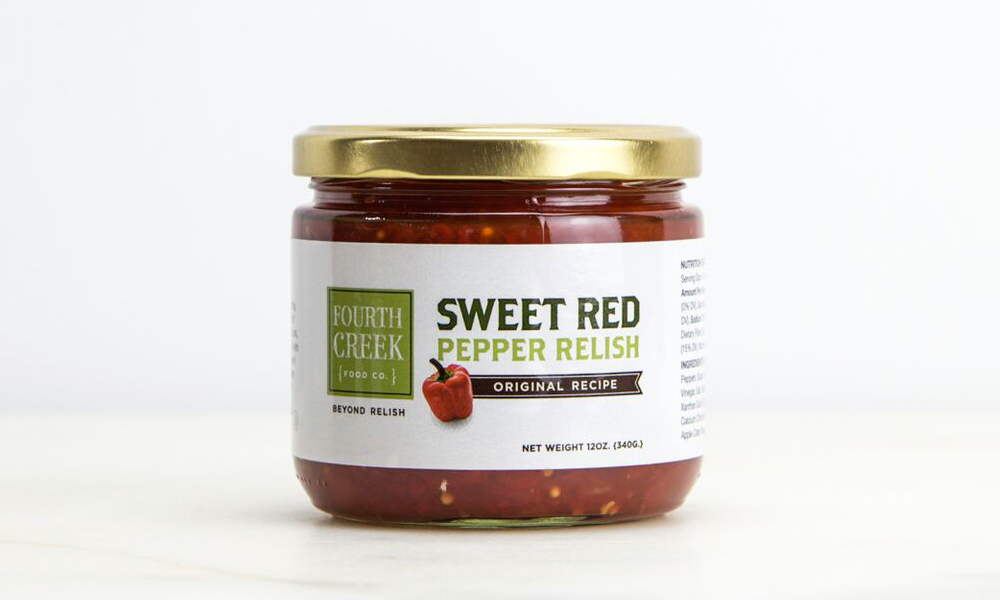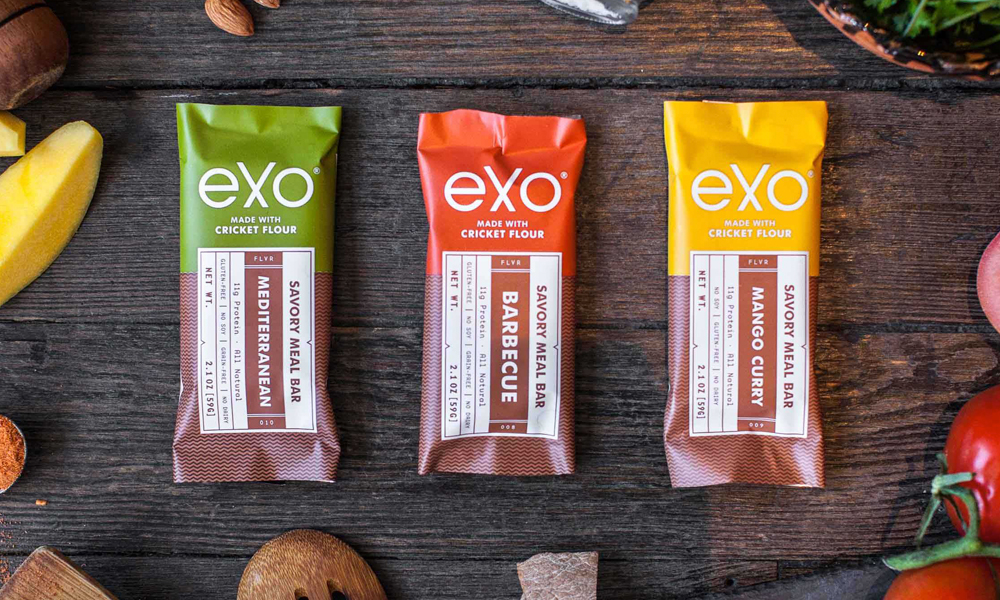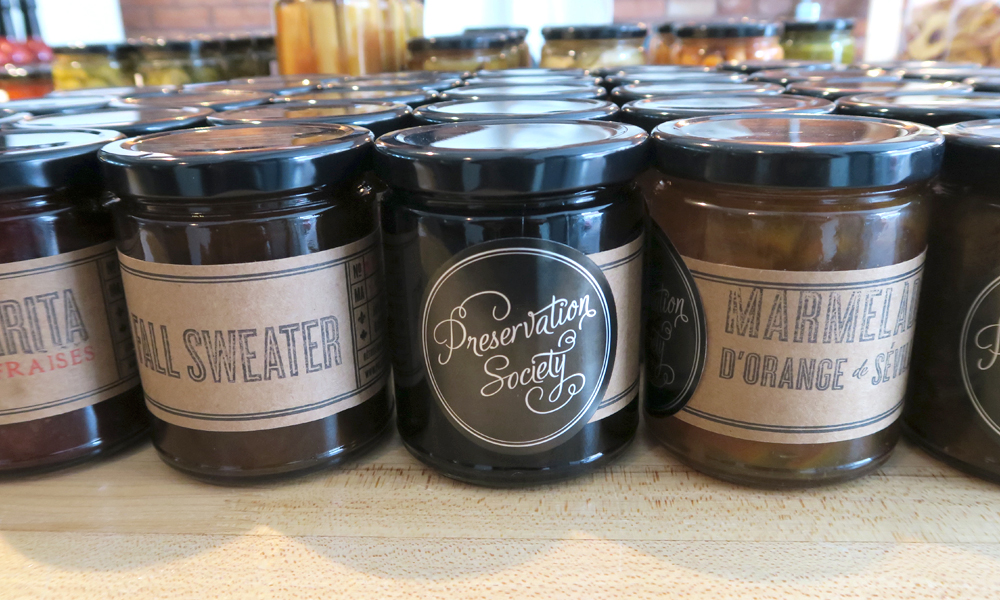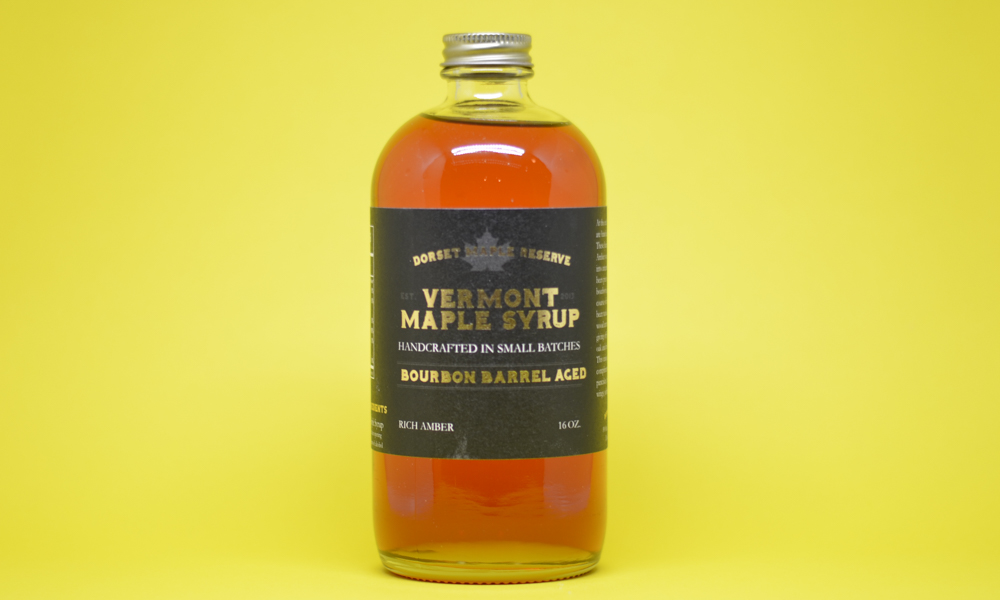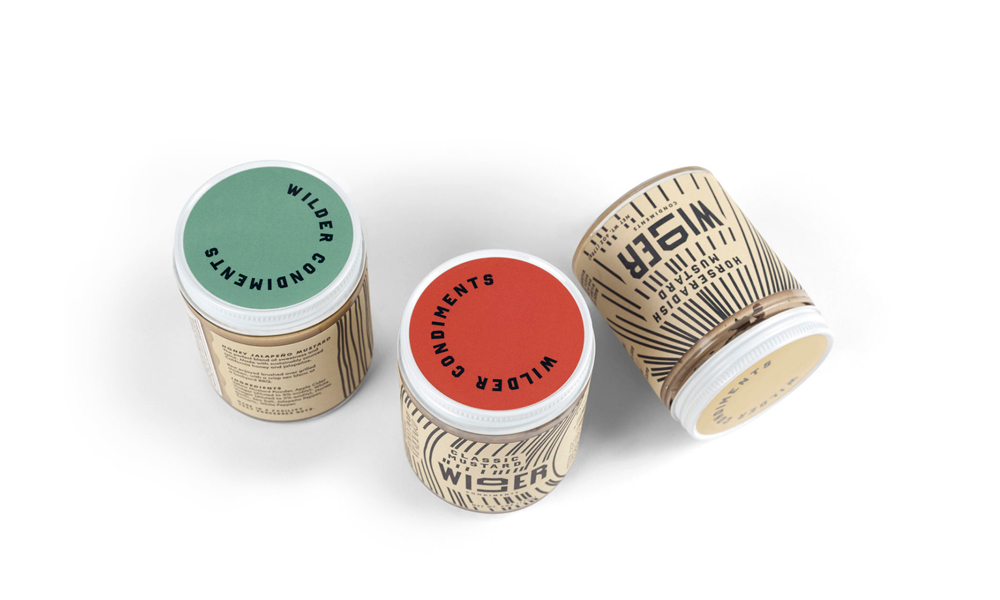
I was drawn in by their packaging and hooked by Isabel Freed’s California vibes. I didn’t even need to taste the mustard selection but I’m glad I did. Horseradish has the tendency to blow out your mouth. Most of the condiments containing this potent root are strong enough to make your sandwich all spread, overshadowing everything else except maybe the bread. The difference with Wilder Horseradish Mustard is that it’s as mellow as a california drive up the coast. In food speak, that’s referred to as balanced. Which makes a huge difference when you want to taste all those carefully chosen layers of your Saturday afternoon hoagie. If the sting of horseradish isn’t your game they also produce a classic mustard and a honey jalapeño version. Both of of them complete with the same California vibes mixed through each jar.

